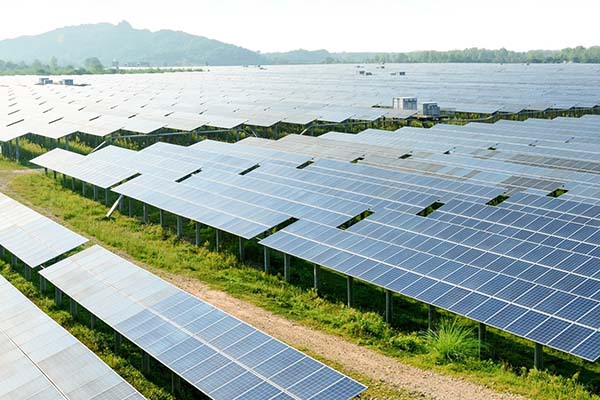An Energy Action Plan or EAP is a framework used by governments and other large organizations to map out their current energy consumption and layout strategies to reduce that consumption. An EAP is similar to a Climate Action Plan, but its primary metric is energy consumption rather than greenhouse gas (GHG) emissions. The objectives of an EAP and CAP are not, however, mutually exclusive. Energy Action Plans make up one component of a complete Climate Action Plan, but they can also function as a standalone plan.
Getting Started On An Energy Action Plan
Just like a Climate Action Plan starts with a GHG inventory, an Energy Action Plan begins by establishing a baseline of energy usage within the plan boundaries and scope. The comprehensiveness of this benchmark varies depending on the resources available, but it usually includes the tracking of electricity and natural gas, and sometimes includes the transportation and water sectors as well.
Once there is a solid understanding of the energy consumption and flows, it’s time to set goals that the Energy Action Plan will work towards. These can include broad objectives meant to guide future policy decisions as well as specific energy reduction targets that are compared against the energy baseline. For example, the Energy Action Plan of the California Public Utilities Commission sets an overarching goal of ensuring California’s energy is “reliable, affordable, technologically advanced, and environmentally sound.” While most EAPs include GHG emission reduction, the broader context often revolves around preparing for the energy demands of the future.
Putting the Action in Energy Action Plan
Here are some of the popular strategies recommended by Energy Action Plans.
- Energy Efficiency: Core strategies for almost every EAP. Actions for energy efficiency can include improving building standards and offering public incentive programs for home efficiency measures. For meeting EAP goals, energy efficiency strategies are often the best in terms of cost-effectiveness, reliability, and sustainability.
- Demand Response: Strategies that shift or reduce energy usage in response to peak demand periods. Actions that encourage increased demand response include supporting a wider distribution of advanced energy meters and implementing dynamic pricing to reduce peak demand.
- Renewable Energy: Strategies to increase and improve renewable energy sources. Better renewable energy generation and access not only lowers GHG emissions but also improves the resiliency of the energy system by diversifying energy sources. Associated actions can include establishing a Renewable Portfolio Standard, which requires a certain amount of an agency’s energy to come from renewables, and providing incentives for installing commercial and residential solar PV systems.
- Energy infrastructure: Strategies to replace and update energy infrastructure. Aging infrastructure can be a significant drain on energy efficiency. Improving energy infrastructure keeps the grid efficient and flexible as better technologies become available.
- Transportation fuels: Strategies to reduce fuel consumption. There are many different routes cities or states can take to alter their transportation fuel use. For example, investing in mass transit improvements and planning smarter, mixed-use developments can reduce fuel consumption.
- Water efficiency: Strategies that will reduce water consumption, which will result in a reduction in energy usage. Since the transporting and treatment of water consumes a significant amount of energy, the water sector is often included in these plans. Some actions include implementing a water leak detection program and incentivizing water-conserving landscaping.
Reliable, clean, affordable energy is a top priority for all scales of government. Energy Action Plans are a critical tool for those who want to measure and adapt their energy use for the challenges of the present and the demands of the future.


